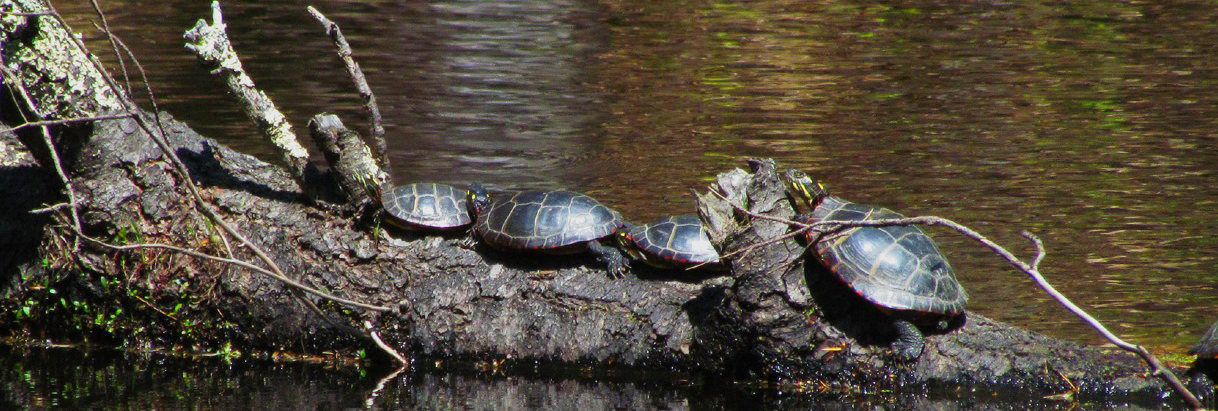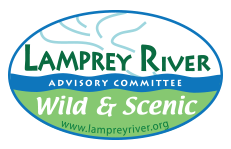Tributary Fish Study 2010-2011
Work began in the summer of 2010 to identify and get an estimated count of all fish species living in the tributaries of the Lamprey. Researchers used a quick jolt of electricity in the water to stun fish temporarily so they could be gathered, identified, counted, and measured. Once the data were gathered and recorded, the fish were released back to the streams.
Previous fish surveys focused on the main river. The focus of this study was on the large and small tributaries that are important breeding areas for many fish and also serve as refuges. Scientists were particularly interested in learning to what extent brook trout might be breeding in the river’s tributaries. Most brook trout found in the river are stocked by NH Fish and Game, but the study did reveal that brook trout are breeding in some tributaries. This can be viewed as a very positive sign of good river health. The researchers were also interested in seeing if several “species of concern” were living in the Lamprey: banded sunfish, red fin pickerel, bridled shiner, and swamp darter. All four were found in the upper reaches of the river. Diadromous fish (sea lamprey, American eel, alewife, and shad) were of interest to see if they were getting past the McCallen Dam in Newmarket and the Wiswall Dam in Durham.
The survey found overall that the Lamprey River watershed continues to support healthy fish communities, but it might be approaching a tipping point. The amount of impervious surface in eight of the nine subwatersheds that make up the Lamprey River watershed has nearly doubled since 1990. The Lamprey River watershed currently supports a number of fish "species of concern", but their populations are vulnerable to the effects of expanding development and water withdrawals.
To view the report, please click here.
To view Appendix A: Fish Survey Summary by Subwatershed, please click here.
To view Appendix B: Fish Species Profiles, please click here.
To view Appendix C: Summary of Previous Fish Surveys, please click here.

